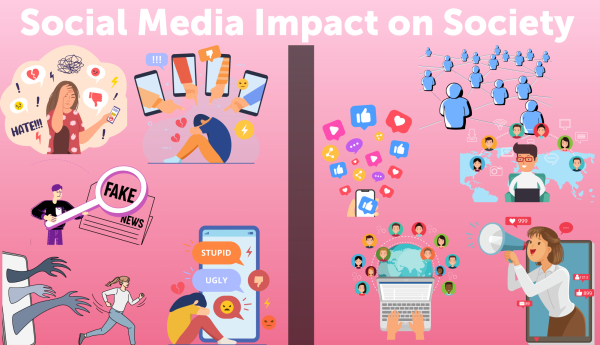Cell Phones in School: Distraction or Interaction?
We have grown used to having our cell phones always by our side, even in the classroom. With all its tools and functionalities, they can help to increase productivity, but at the same can also be distracting and impact social relationships. Do we want them to stay in the classroom?
Cell phones can be a great tool and help student interaction, but incorporating them into the classroom can lead to distraction and interfere with students’ learning.
January 25, 2023
Whether it is to research a random fact on the internet, checking the time, or replying to a message a friend just sent, cell phones have become a constant part of our life. Cell phones travel in our back pocket, backpack, or in our hand with us wherever we go and are always in reach.
As we’ve grown older, cell phone regulation in school has shifted from teachers telling us to put our phones away, to them being our own responsibility and a part of our school day. While they have many benefits that make our school day easier, such as quick access to tools like timer, calculator, and instant messaging function, they can easily become a distraction and even lead to lower grades. They also impact the quality of our conversations and connection to other students. So how do we tackle this challenge?
Classroom Efficiency – Interactions
Phones provide many opportunities to move the classroom forward. They allow quick access to a wide range of functionalities from photo apps to search browsers. For some students, listening to music while working on a class assignment can help them focus. Cell phones are also a great tool for classroom interaction; they can change up routines or can help remember content material with websites and learning apps such as ‘Kahoot!’ or ‘Quizlet.’
Cell phones are also great for better organization. We can use them as calendars, note-taking devices and to-do lists quickly because they are always in reach. By accumulating information all in one place, organization via phones works for many students better than noting information into agendas or post-its that can get lost and are never around when you need them.
In terms of communication, cell phones provide rapid feedback between teachers and students, and facilitate coordination of group projects outside classroom time through avenues like group chats.
Classroom Disruption: Distraction and Social Barrier
So if phones are so beneficial for a classroom environment, do we need to change anything? The issue is that phones as productivity tools can easily turn into disruptions in the classroom. Constant messages and notifications tear us out of our concentration bubble and have us enter another world on Instagram, Tik Tok, or YouTube. Just turning off the phone though doesn’t do the trick, as the mere presence of your cell phone impacts cognitive abilities and creative thinking, like your learning.
It has become a routine to reach for our phone whenever we want to take our mind off of what we’re doing at the moment. Using phones for entertainment rather than information while the teacher is talking results in a split of attention that can harm students’ ability to retain classroom information and understand the content. Research has shown that this leads to lower test scores.
Furthermore, constantly checking or being on the phone can set up a divide between you and your classmates. Although phones help efficient communication in many situations, in face-to-face conversations the presence of a phone by your side may impact the quality of conversation or connection.
Freshman Megha Ashodha believes a more social lunch break can be enjoyed without phone usage. “I feel like [phone usage in lunch breaks] is unnecessary because lunch is the only time we can meet people from other classes and it feels like it creates a barrier without any connection,” Ashodha said. “Why connect on the phone when you can actually connect in real life and have a good discussion?”
For junior AJ Seshadri, allowing students to go on their cell phones in their free time at school can be a barrier to building personal connections through talking. However, he also sees opportunity in using cell phones in less structured class time. “I know sometimes students in my class will do cell phone games together, and it’s actually a way to talk, using technology to contact classmates,” Seshadri said.
Getting Aware and Realizing Responsibility
So if cell phones are distracting and intervene negatively with our education, what can we do about that? Should we not have them in the classroom?
English teacher Sean Heron agrees that cell phones have the potential to create distraction, but for him it doesn’t mean that they should be excluded from the classroom. He thinks that cell phones are “obviously here to stay” and allowing students to take their phones out from time to time has a purpose. “I think as teachers we need to always create the most authentic environment we can,” Heron said, “If students are going to be entering the workforce with their phones, how do we find ways to have students work productively, efficiently and meaningful with [their] cell phones?”
Whether cell phones stay in the classroom or not may not be our choice as students. However, how we deal with our cell phone usage totally lies in our hands. We have a choice. Becoming aware and trying to execute phone use balance may be difficult as it is more challenging for teens to restrain impulses, like reaching for their phone. Nevertheless, this doesn’t mean we should continue to subject ourselves to the distracting power our phones have next time they buzz into a conversation.


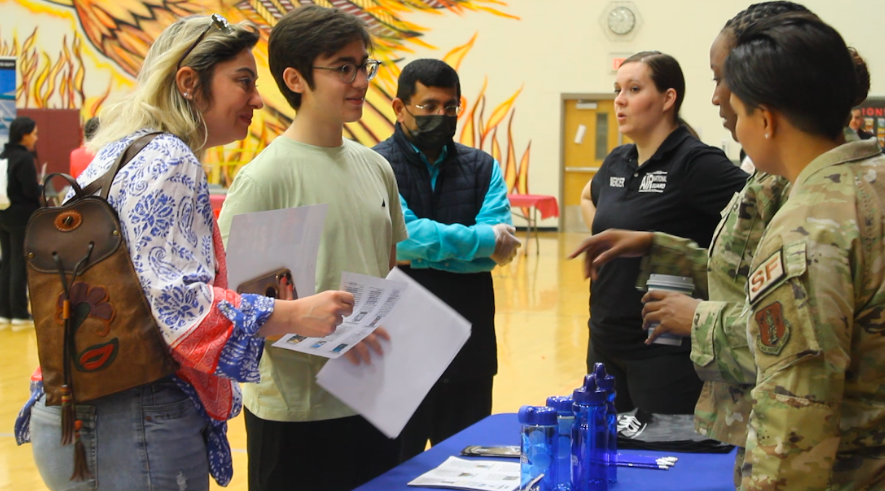

![Standing center stage, senior Ananya Akula conducts the Phoenix Chorale. “[Conducting and teaching] is really fun,” Akula said. “Music education is what I want to do.” On the day of the choir assessment, Akula found out that she received the President’s Music Scholarship – a full ride to the University of Miami Frost School of Music.](https://theblazerrhs.com/wp-content/uploads/2024/04/ananya-1200x800.jpg)
![Senior Fatima Qaderi grew into the person she wanted to become when she was younger and continues to work towards growing more confident in using her voice when it matters. “I didnt get treated the way I wanted to be treated, and I realized that it wasnt just them treating me the wrong way, it was me treating me the wrong way,” Qaderi said. “I forced them to like to look at me in a way where Im someone who needs to be respected; they cant just disregard me, they cant just look over me because I have a different opinion, because Im a woman, because Im Afghan, because Im Muslim, or whatever. It just took going through different experiences to figure out how [I wanted to] be heard.” Photo courtesy of Fatima Qaderi.](https://theblazerrhs.com/wp-content/uploads/2024/04/IMG_3870.jpeg)





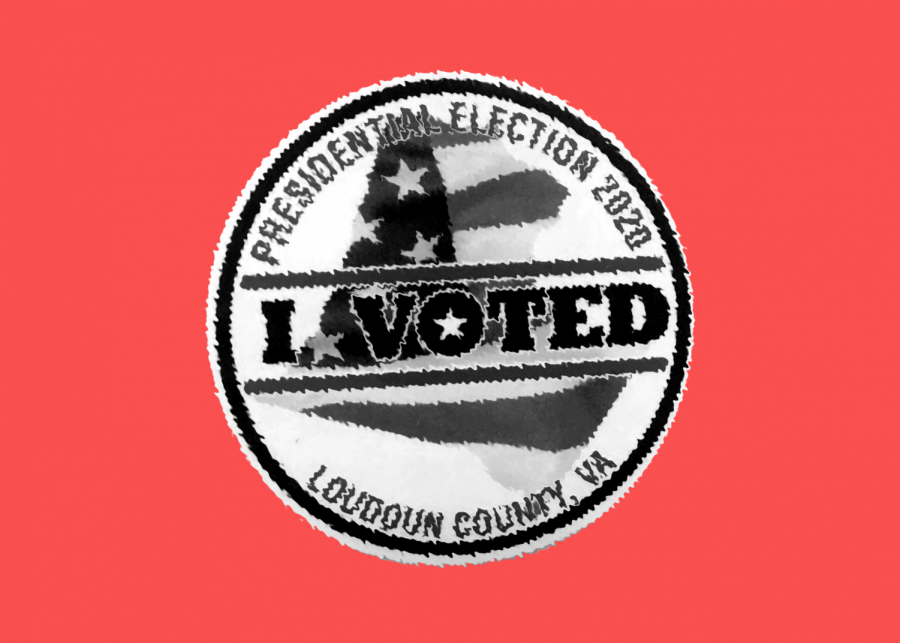
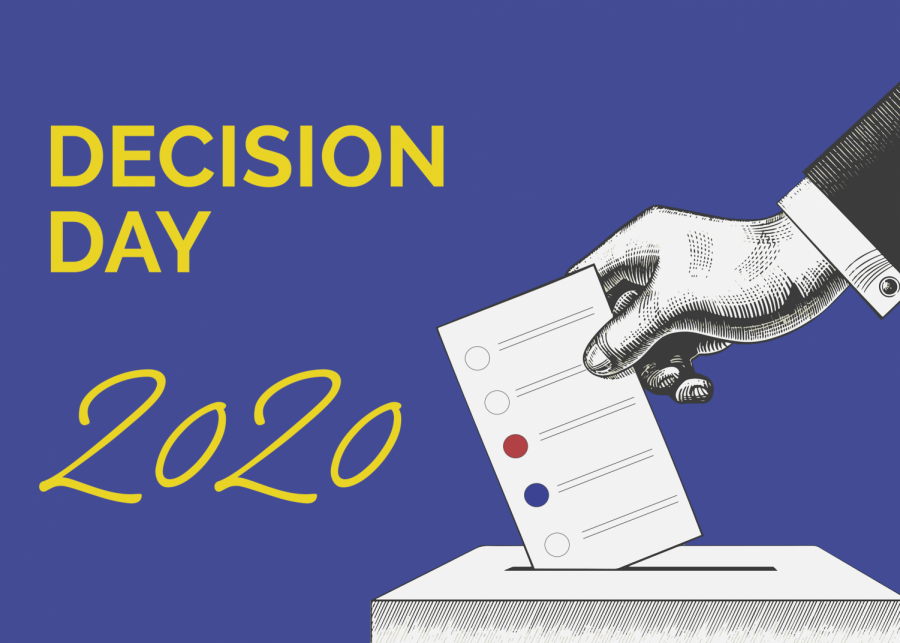
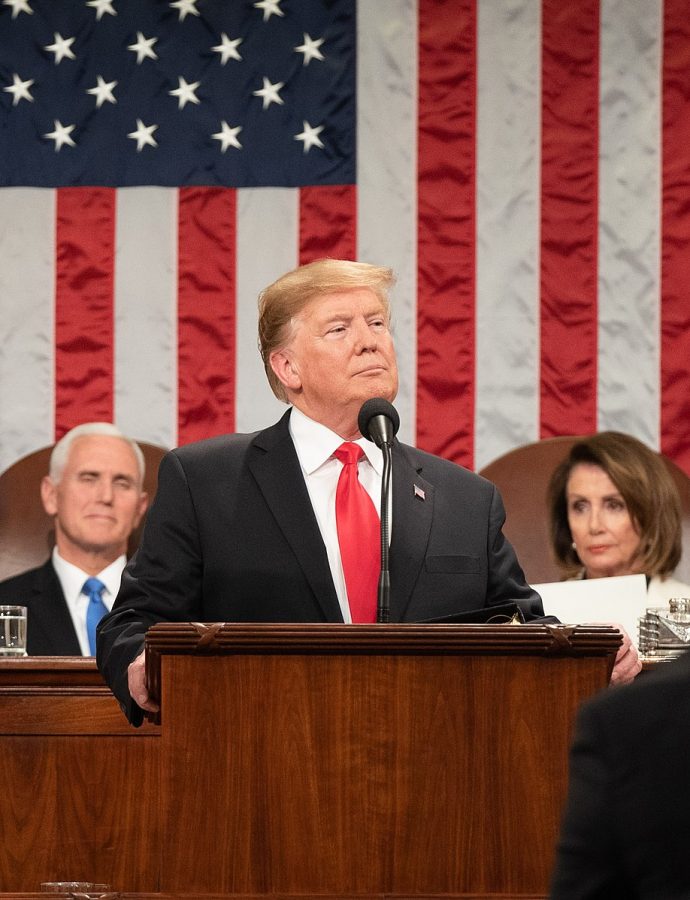




![With the energy and effort the Bolts were bringing to the game, the Phoenix had to step up and match them to make it through their first game of the season. Many of the girls on the team, including freshman Nazly Rostom, have been playing soccer since their childhood and have grown a love for the sport as a result. “It was fun to see how we actually played in a [real] game,” Rostom said. “Even though the outcome was not what we were hoping for, I’m still happy we got to play together.”](https://theblazerrhs.com/wp-content/uploads/2024/04/DSC_0154-1200x800.jpg)


![Held up by a group of cheerleaders, flyer sophomore Leyu Yonas poses as part of a stunt, also supported by flyer junior Shayne Mitchell behind her. (Left) Prior to the pink out football game on Oct. 13, the athletes practiced in the aux gym from 5 p.m. to 6:30 p.m. (Right) On Oct. 19, the cheerleaders competed in their District Championships at Woodgrove High School. “We definitely put all our effort on the mat [at Districts], and it showed,” Mitchell said. Left: Photo by Nadia Shirr. Right: Photo by Steve Prakope via Victor O’Neill Studios.](https://theblazerrhs.com/wp-content/uploads/2023/11/feature-image-1200x823.png)
![Sophomore Xavier Smith (6), the Phoenix quarterback, runs the ball as his teammates help hold up the defense. “My [offensive] line collapses, so I just [have to run], and its a good way to get first downs because [Tuscarora’s] defense was really good,” Smith said.](https://theblazerrhs.com/wp-content/uploads/2023/11/IMG_5383-1200x897.jpg)

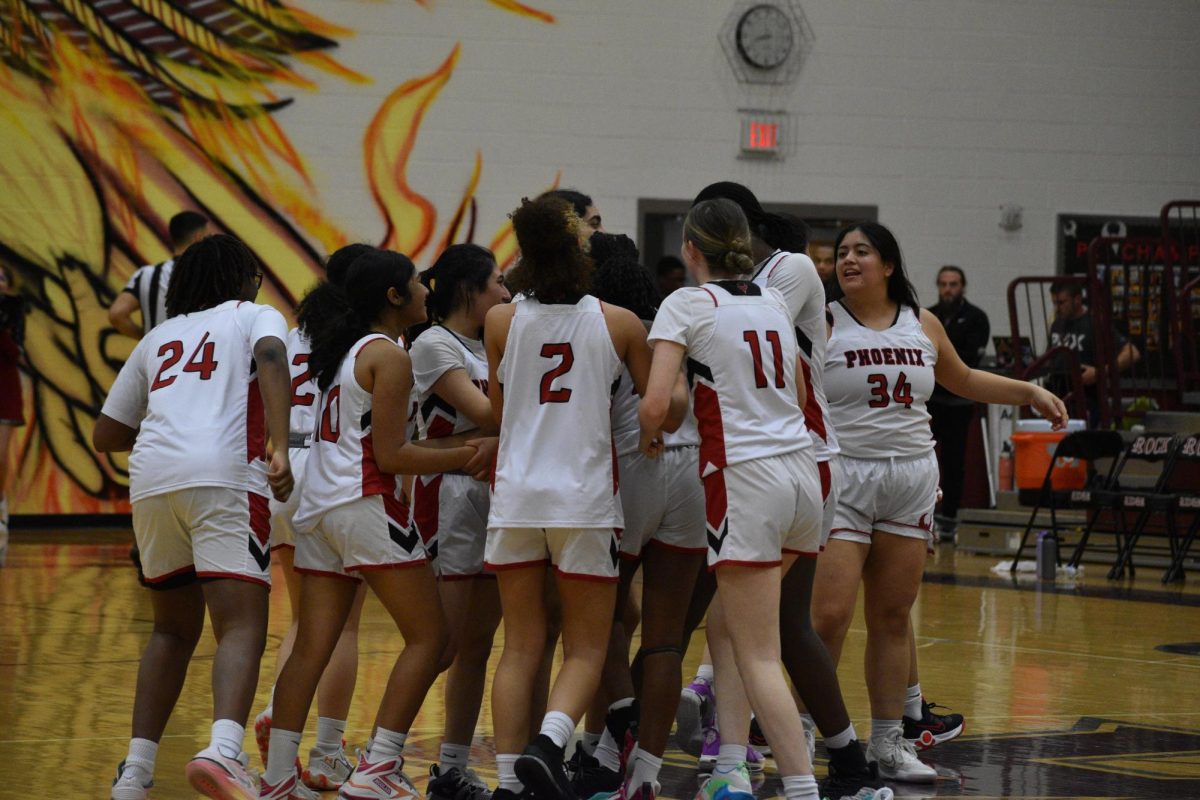

![As the referee throws the ball up for the tip-off, freshman Simone Diby leaps towards the ball to get it in Phoenix possession. Diby is a new member of the Phoenix girls basketball team, and despite it being a change, she finds it enjoyable. “It’s definitely a different experience if you’ve never played on a team, [but] I think it’s still fun.”](https://theblazerrhs.com/wp-content/uploads/2024/03/DSC_0057-1200x662.jpg)








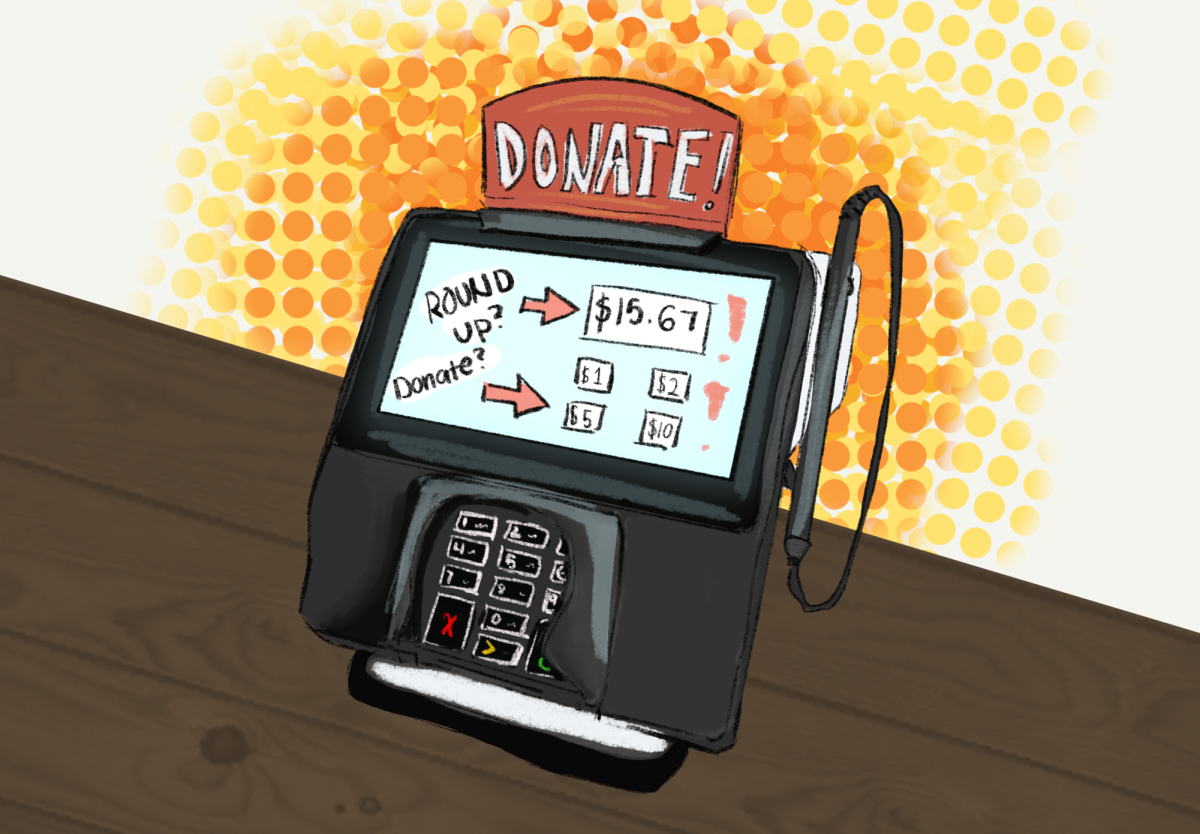


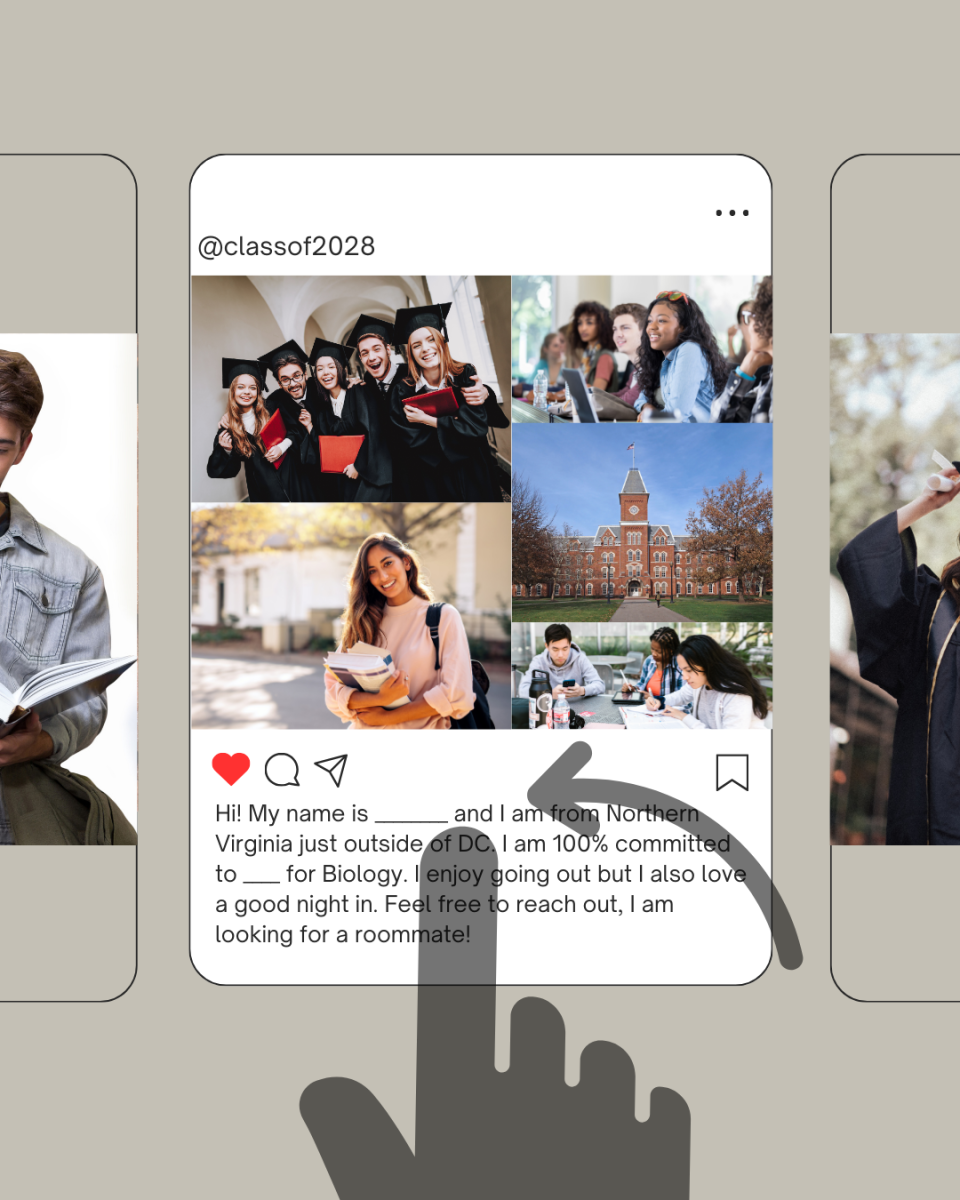



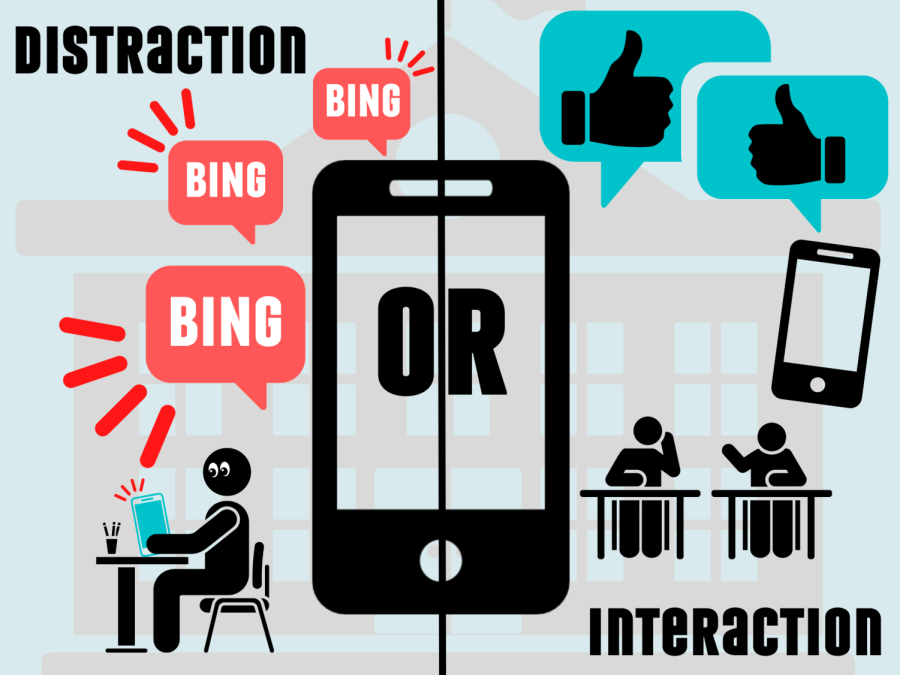









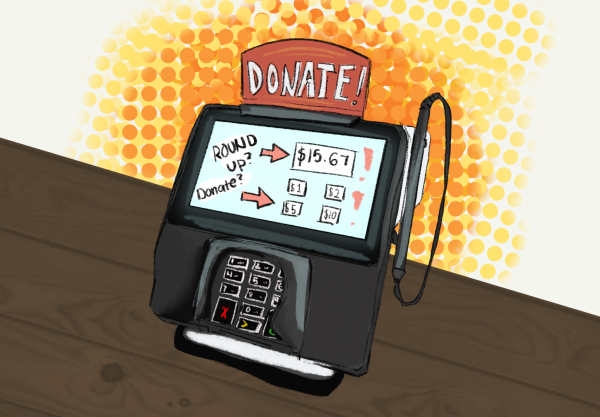


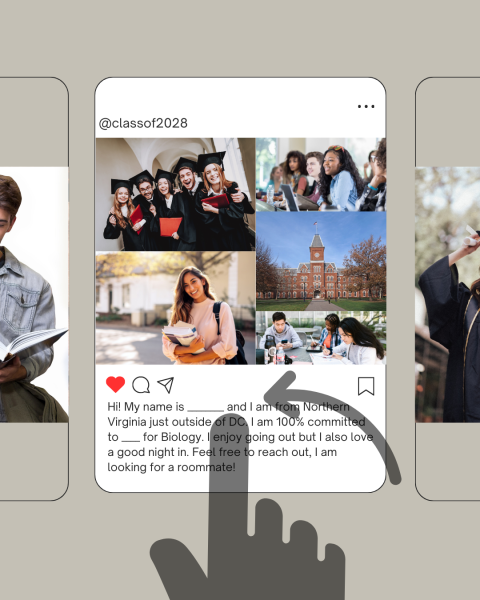
![Gracing stages, football games, and even the big screen, Taylor Swifts popularity doesn’t seem to be declining anytime soon as she’s been almost everywhere on social media, and just this December, [Swift] won TIME Magazine’s Person of the Year award. This brought along magnificent pictures of Swift, articles praising her, and some controversy between Swifites (Swifts most devoted fans), and other people on whether or not she should have won this award.](https://theblazerrhs.com/wp-content/uploads/2024/04/taylor-swift-person-of-the-year-1-547x600.png)
